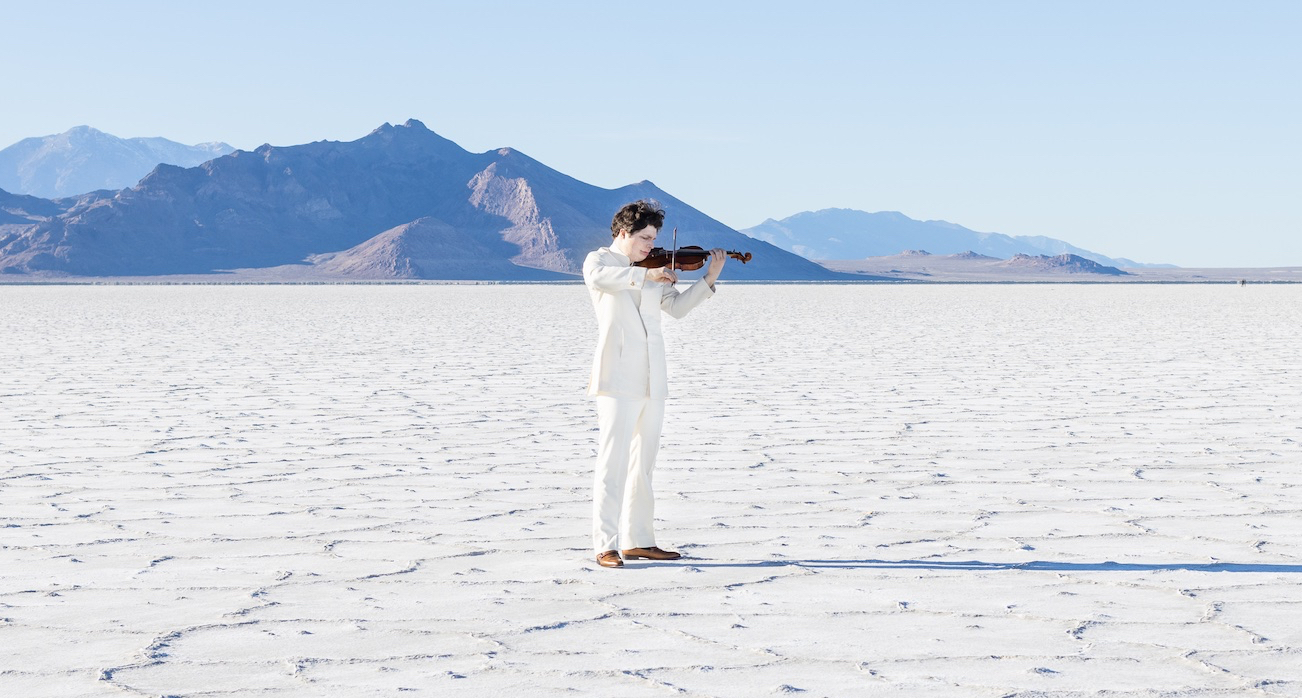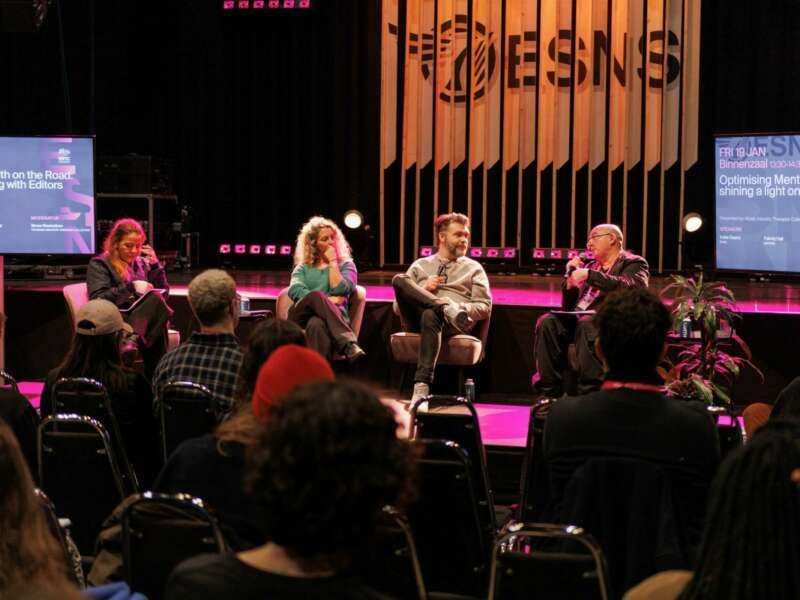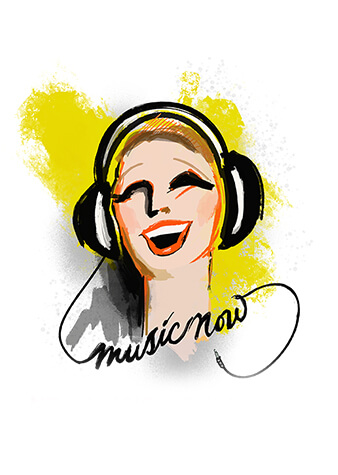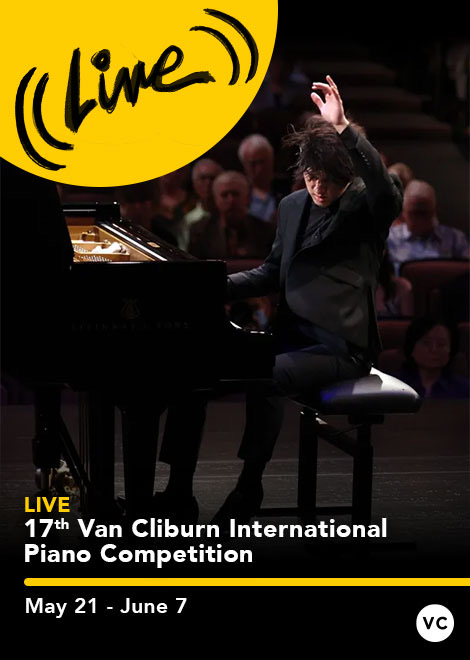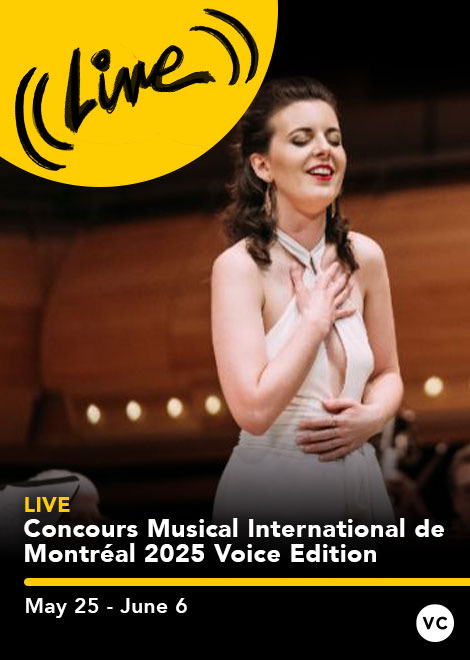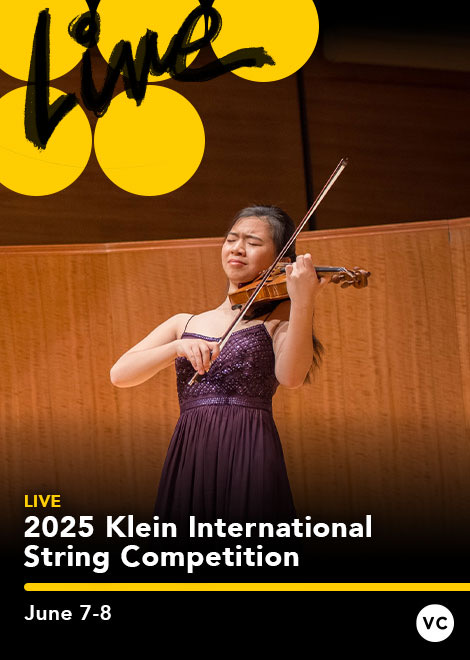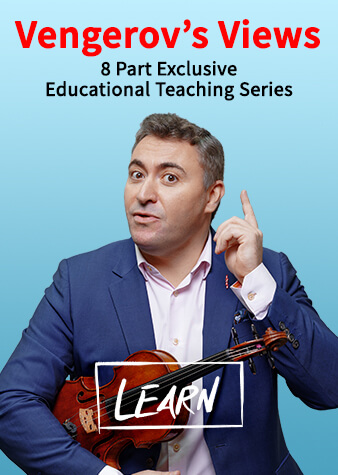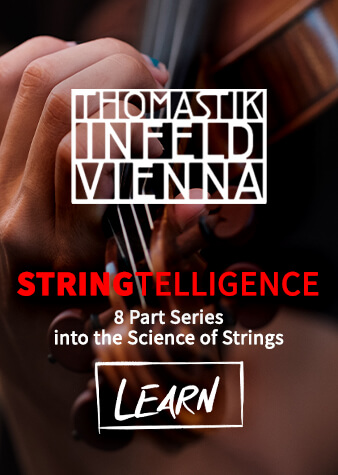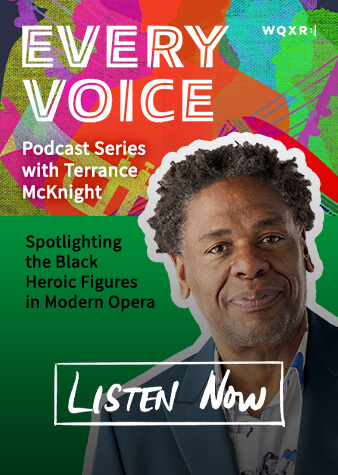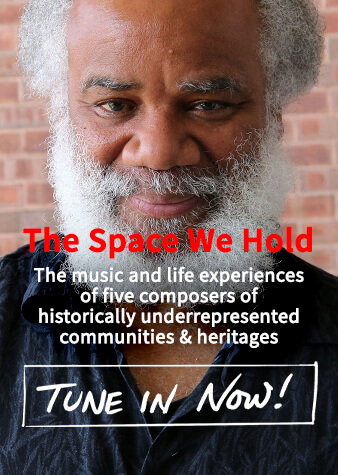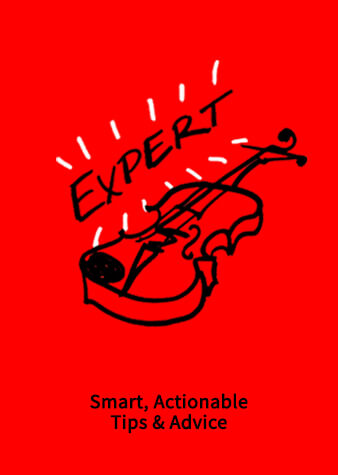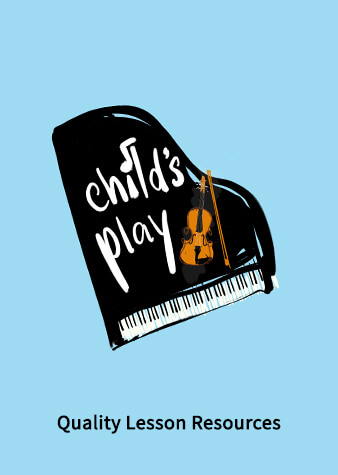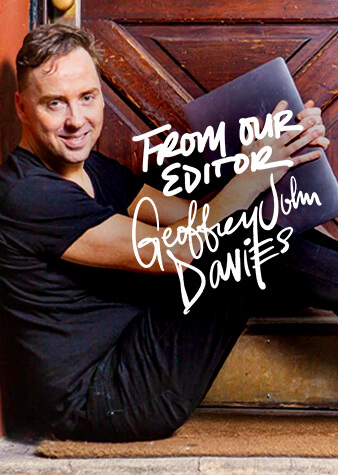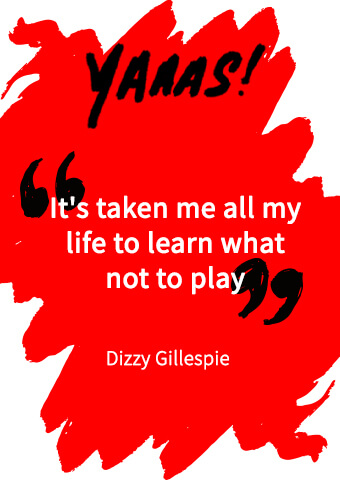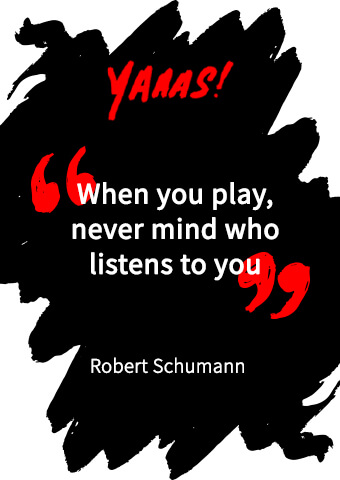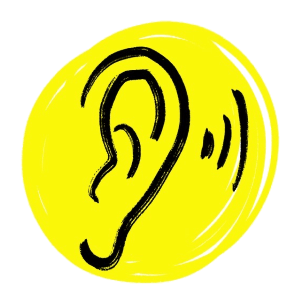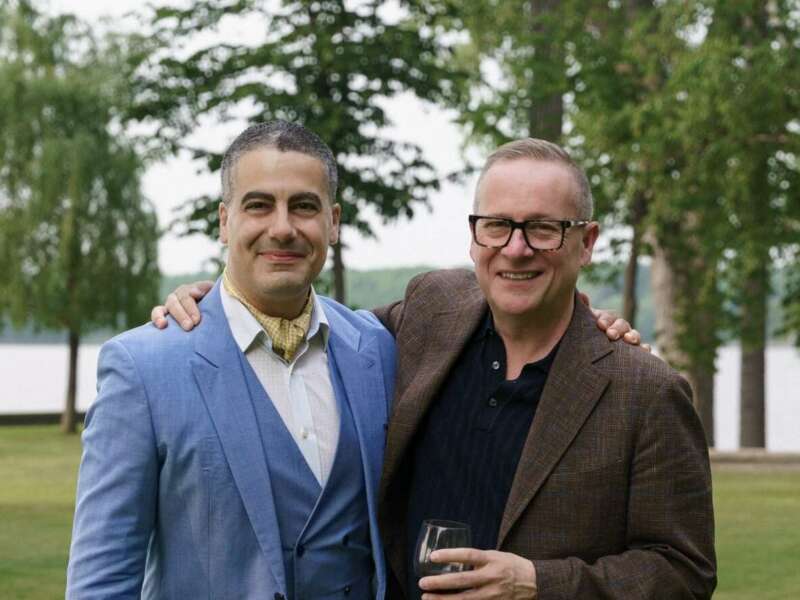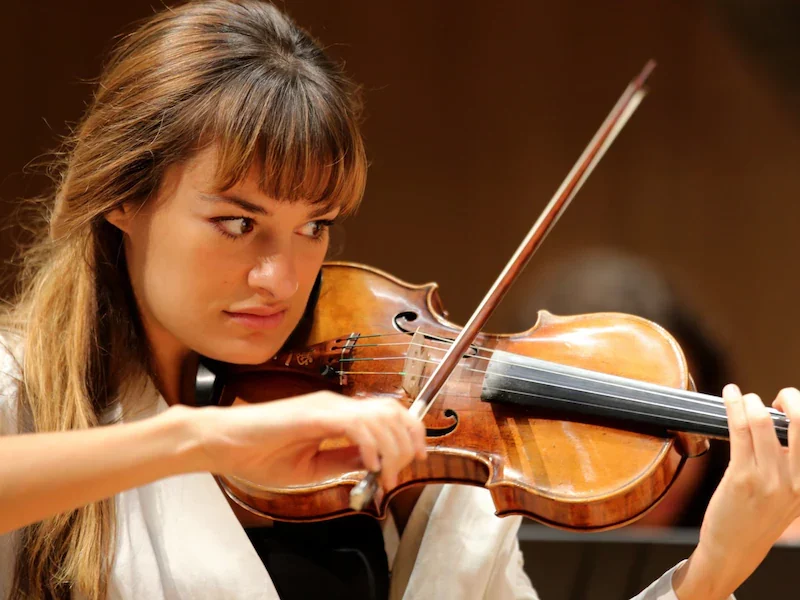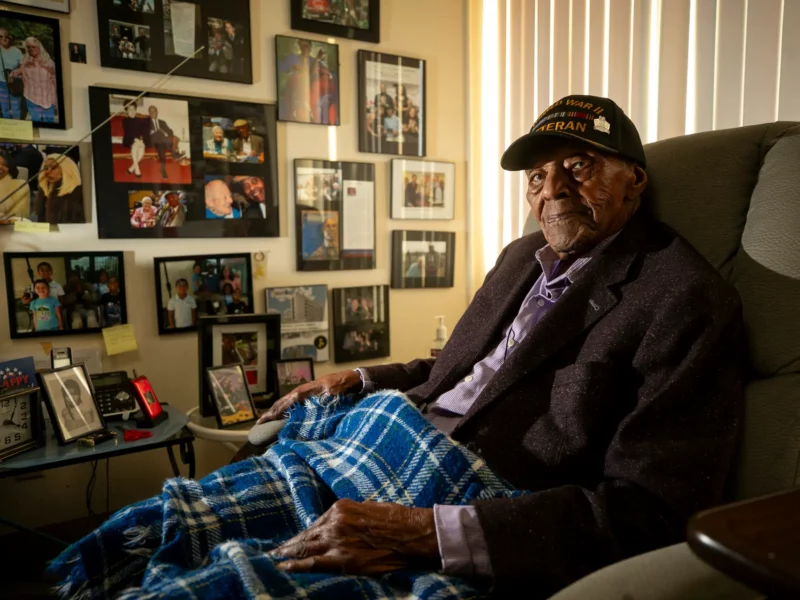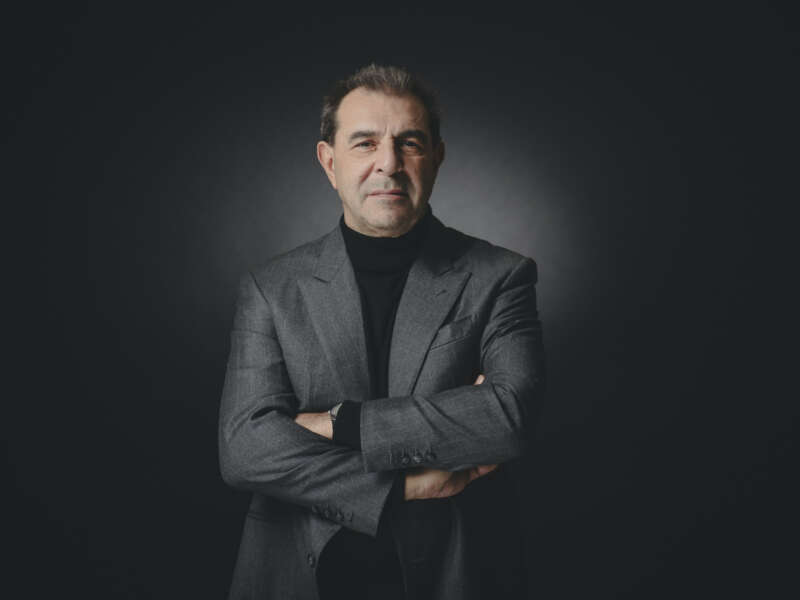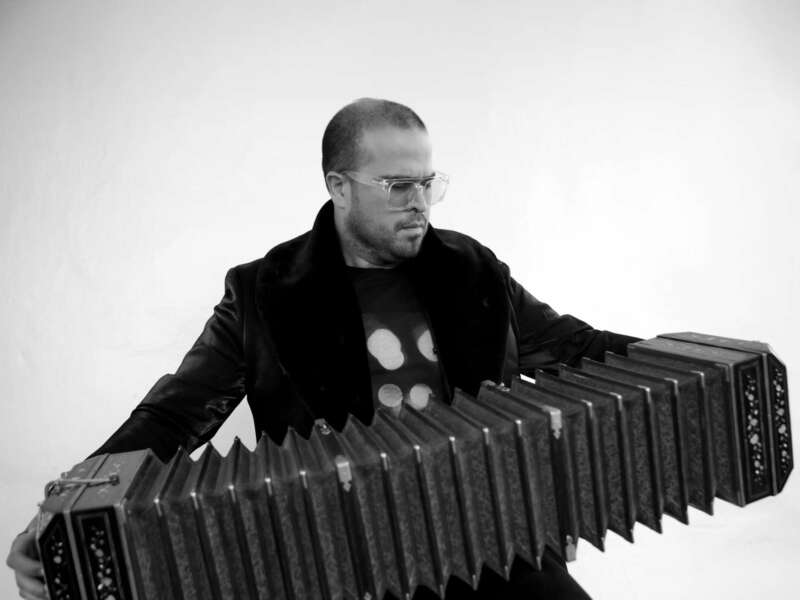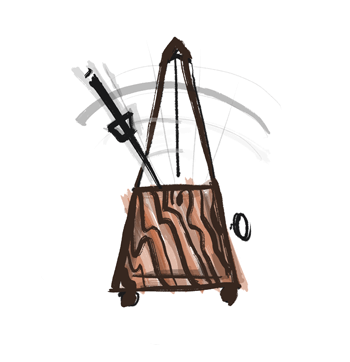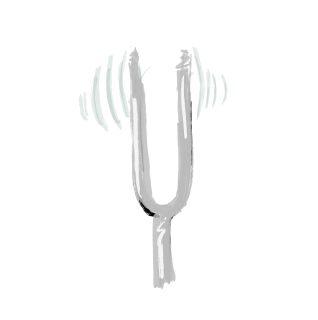Augustin Hadelich on His Latest Album, "American Road Trip"
Recorded with pianist Orion Weiss on Warner Classics, the disc presents a large variety of American composers
The Violin Channel recently had the chance to learn more about Augustin Hadelich's latest album, "American Road Trip," recorded with pianist Orion Weiss on Warner Classics.
You were born in Italy to German parents and now reside in the United States. How have these multicultural experiences shaped you personally and musically?
When I was growing up, Italy always felt like it was home. When I think of home, I picture olive trees, vineyards, blue skies, and Italian food. But culturally, we were German immigrants to Italy, and I was the German kid in school (and German was my first language). So whenever I go to Germany, I know that this is my language. Musically, I am kind of a product of both cultures — a lot of my studies growing up were in Germany, but my ideal of sound was shaped by the Italian tradition as well (for example, Uto Ughi was one of my first role models)
I came to New York 20 years ago to study, and that is when I discovered my love for chamber music. New York became my home of choice — actually, it was the first place I lived where I didn’t have to explain where I was from, and where I didn’t have to choose between being German or Italian, and realized I could be both — as well as a New Yorker. Most people in NYC are from all kinds of places. America, and the friends I found there, feels like home now.
Tell us about your new album, "American Road Trip." What was your inspiration behind the programming?
Growing up in Europe, I didn’t really know any of the works on this album. After living in America for so long and traveling all over the country, I feel that these musical traditions have become a part of me and that I’ve also now become a part of the American classical music tradition. So it seems like a great time to record an American album!
How would you describe this idea of the “American aesthetic” or sound?
America is often called a “melting pot” of peoples and their cultures, and so maybe it’s not a surprise that this would also be true of American classical music and its rich variety of styles, ranging from romantic composers like Amy Beach and Samuel Barber, to mavericks like Charles Ives and John Cage, to jazz and folk-inspired composers like Bernstein, Eddie South, and Coleridge-Taylor Perkinson, and finally the minimalists like John Adams. They were really living on different planets, stylistically. It’s very different from a French album or a Czech album. But these contrasts and contradictions are typical of American culture.
Can you elaborate on the selection of American composers you are spotlighting and what drew you to them?
As I put together this program, I realized that I had way too much music at first, enough for several albums! I selected a combination of long and short works, some that are well-known audience favorites (like Copland’s Hoe-Down, and Ponce/Heifetz Estrellita) but also a lot of music that’s pretty obscure and should be better known — for example, works by Coleridge-Taylor Perkinson, Eddie South, and Daniel Bernard Roumain — that I learned fairly recently and that are not as well-known yet, but are enormously popular whenever I’ve tried them in concert. Some are more serious, longer works: the fourth sonata by Charles Ives, “Road Movies” by John Adams (which Orion and I have performed in recital many times), and Stephen Hartke’s “Netsuke,” which is the longest and most complex work on the album.
You are crossing many different American playing styles and regions on this one disc. How did you go about preparing them in order to bring a sense of authenticity?
“American Road Trip” is really about going on a journey to totally different stylistic places all over the country. I’ve long been a fan (as a listener) of Jazz as well as Bluegrass fiddling, but only more recently got more used to playing those styles. A common challenge for classical musicians when playing popular music is that we are so used to the timing in classical music being quite flexible, that we really need to work on the rhythmic stability needed in most other genres. The playing tradition of swing is something one can’t really be taught — you have to pick it up by ear. After living in America for a while, I knew what it was supposed to sound like, so by the time I started playing Louisiana Blues Strut by Coleridge-Taylor Perkinson, I knew when it felt right and when it didn’t. Still, most of the work that I had to do when learning that piece had to do with the swing. It’s very hard if you don’t I think that is by far the hardest aspect of that piece.
Perhaps some of these composers and works are not as known outside of the United States. Why do you feel this might be the case?
It’s incredible to me how exotic and obscure a lot of major American composers are in Europe. A few composers are well known, but for a long time, most American composers were not taken so seriously abroad. And while Jazz is beloved almost everywhere in the world, some other popular American genres (country music for example) are much less known internationally — even though country fiddling and Bluegrass suit the violin so incredibly well. It’s really funny to me that now in 2024, I go to Germany as an American violinist playing American encores, when 20 years ago it was the other way around!
What are some personal highlights on this disc, that you hope will become programmed more regularly internationally?
I really only selected pieces that I really believe in. Already Coleridge-Taylor Perkinson is being played more. “Netsuke” by Stephen Hartke deserves to be played more as well, and I hope that the music by Eddie South will get a bit more mainstream. I hope that “American Road Trip” will inspire other violinists to add these pieces to their repertoire as well!
To purchase and listen to the album, click here.
june 2025
july 2025


